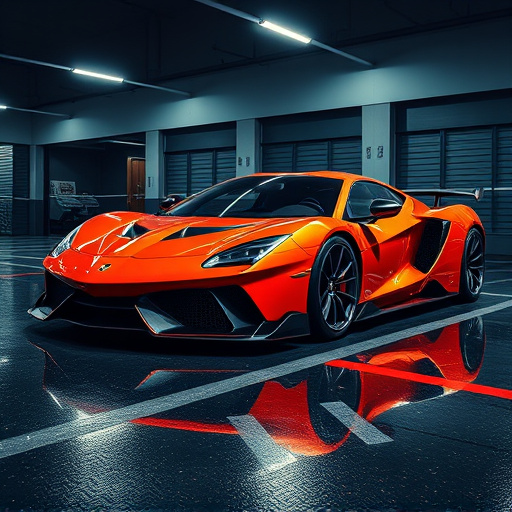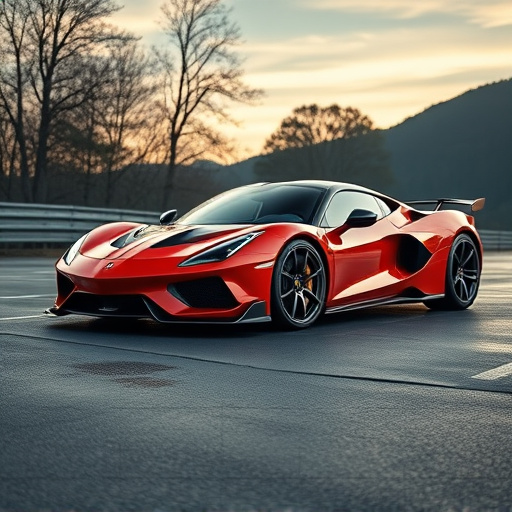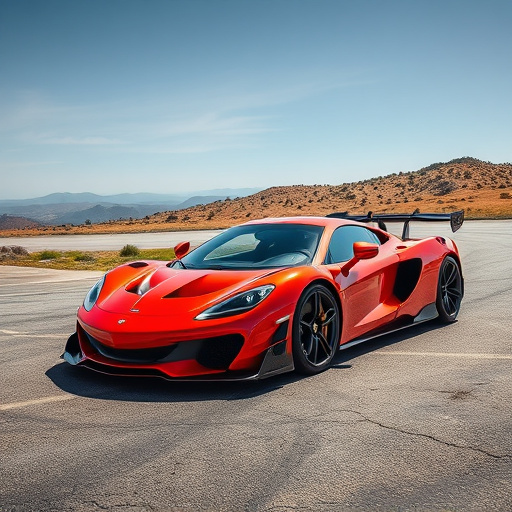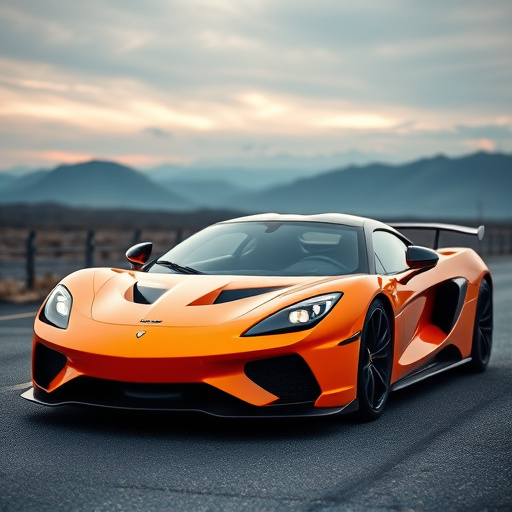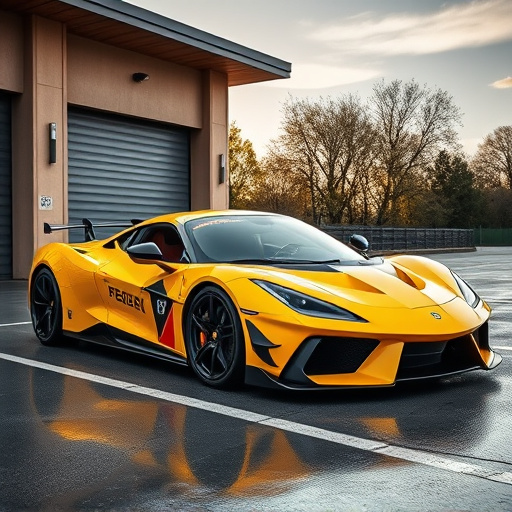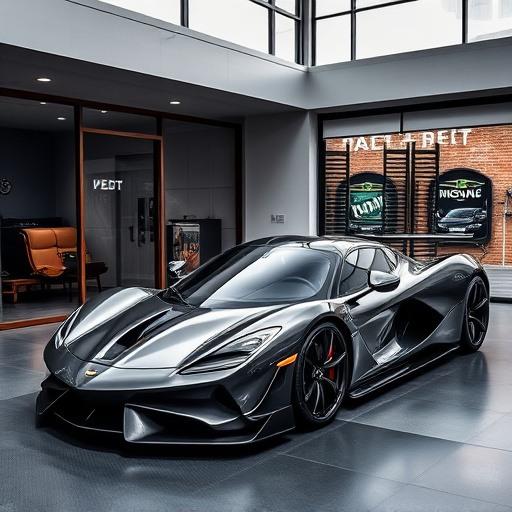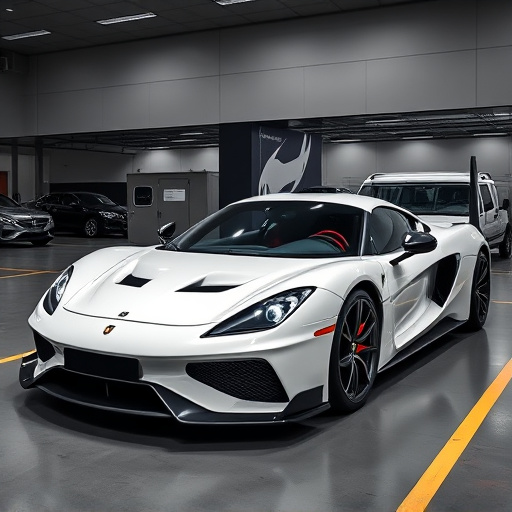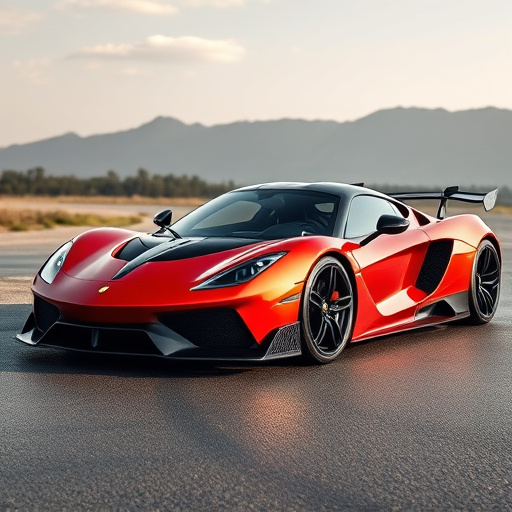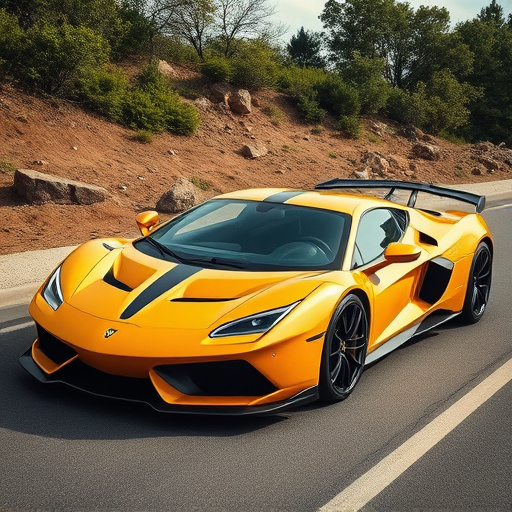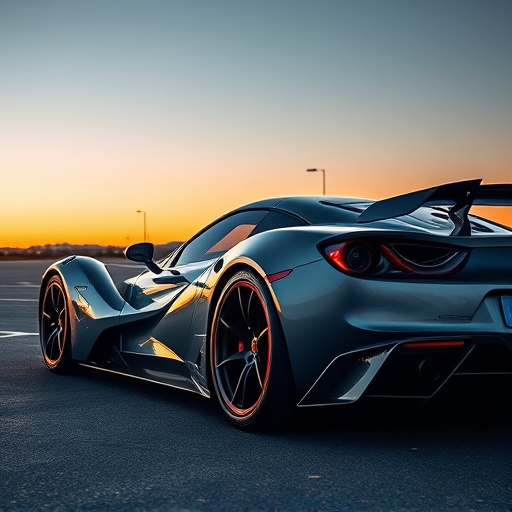JDM (Japanese Domestic Market) vehicle cold air intakes, inspired by Tokyo drift culture, are popular among tuners worldwide. These intakes combine improved performance with striking aesthetics, drawing cool, dense air for better engine performance while reflecting the aggressive style of drift racing. Key features include large open filter housings and high-quality materials, enhancing both visual appeal and driving experience for enthusiasts.
“Unleash the power of Japanese Domestic Market (JDM) vehicles with Tokyo drift-inspired cold air intakes—a popular choice among car enthusiasts. This article delves into the unique characteristics and design elements that set these intakes apart, offering a profound impact on engine performance. We explore the benefits from a tuner’s perspective, highlighting popular JDM brands and their intake systems. Additionally, we guide you through installation, maintenance, and legal considerations, ensuring a seamless integration of this game-changing component while adhering to safety standards.”
- Understanding Tokyo Drift Inspired Intakes
- – Definition and background of the concept
- – Key characteristics and design elements influenced by JDM vehicles
Understanding Tokyo Drift Inspired Intakes
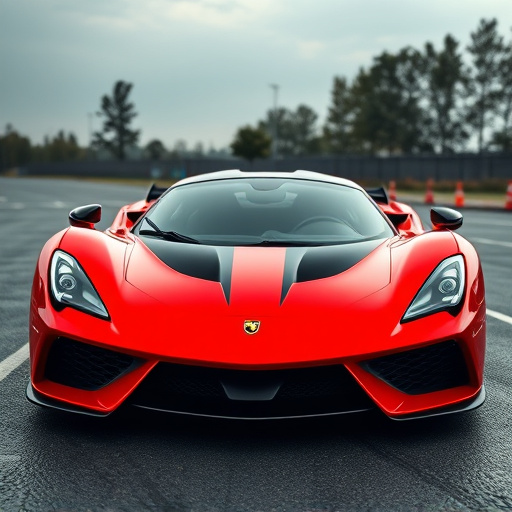
Tokyo drift inspired intakes, also known as JDM (Japanese Domestic Market) vehicle cold air intakes, have gained significant popularity among tuners and automotive enthusiasts worldwide. These intakes are designed to draw in cooler, denser air from outside the engine compartment, providing a more efficient fuel mixture for improved performance. By incorporating design elements reminiscent of iconic Tokyo drift cars, these intakes offer both aesthetic appeal and functional benefits.
The term “drift” refers to a driving technique where drivers intentionally oversteer at high speeds to achieve a sliding turn, showcasing vehicle control and precision. This daring style has inspired modifications that enhance handling and aesthetics—the intake is no exception. Tuners appreciate the unique look of these intakes, often featuring sleek, aggressive designs with cold air intake (CAI) systems that optimize airflow. JDM vehicles are renowned for their performance and engineering prowess, making their cold air intakes a sought-after upgrade for those seeking to enhance their vehicle’s capabilities.
– Definition and background of the concept
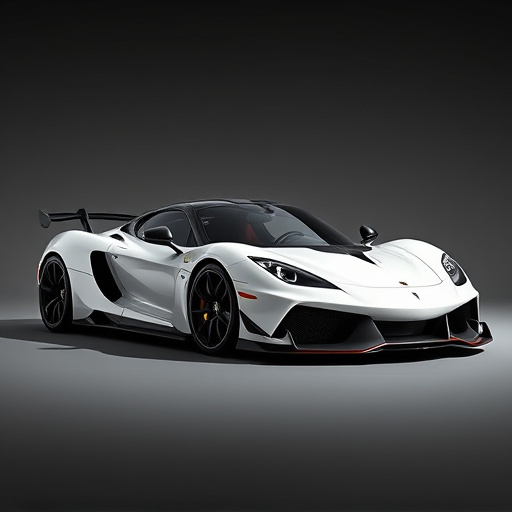
– Key characteristics and design elements influenced by JDM vehicles
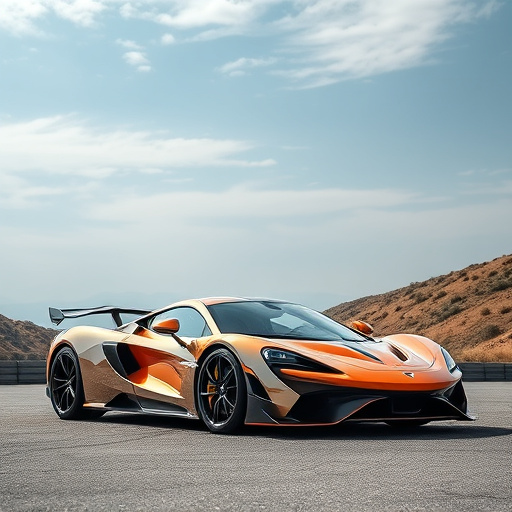
Tokyo drift inspired intakes draw their aesthetic and functional elements from the unique characteristics of JDM (Japanese Domestic Market) vehicles. These intakes often feature a sleek, aggressive design with cold air intake systems that prioritize direct airflow to the engine for improved performance. Key design elements include large, open filter housings, sometimes integrated with distinctive mesh or metal enclosures, mimicking the bold styling of JDM cars. The use of high-quality materials and precise engineering ensures optimal air flow, enhancing the overall power and efficiency of the vehicle.
Furthermore, many JDM-inspired intakes incorporate elements that reflect the tuner culture popular in Japan. This can include vibrant colors, neon lighting for enhanced visual appeal, and precision-cut components that fit seamlessly with aftermarket engine builds. These intakes are not just functional upgrades but also serve as a statement piece, reflecting the passion for customization and performance that drives Tokyo’s automotive scene. For tuners and enthusiasts, these cold air intakes offer both aesthetic allure and tangible benefits to their driving experience.
Tokyo drift-inspired intakes have emerged as a unique and distinctive modification for car enthusiasts, blending style with performance. These cold air intakes, designed with elements from JDM (Japanese Domestic Market) vehicles, offer a way to enhance the aesthetic appeal of tuners while potentially improving engine efficiency. By incorporating specific design characteristics like ram air effects and carefully curated materials, these intakes cater to both visual preferences and practical considerations for those looking to customize their ride.
